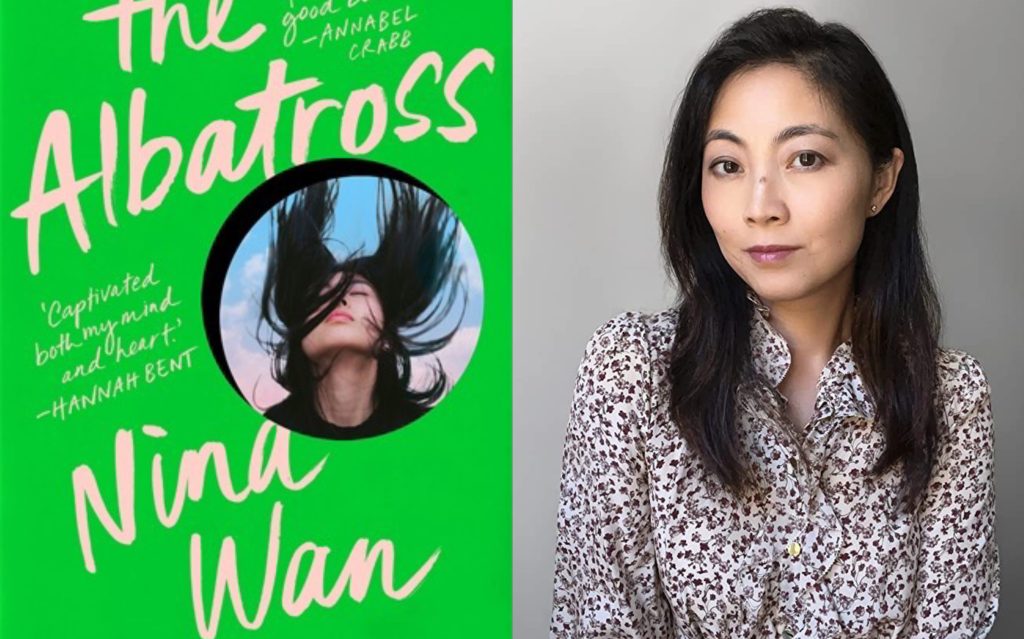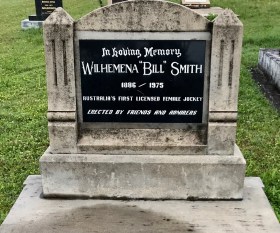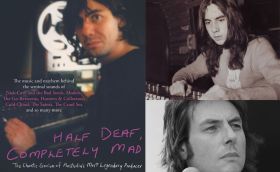The Albatross begins with a high-heeled, frozen-toed 36-year-old Primrose Li crashing into a shrub and playing golf during a thunderstorm. The golf course is older, sadder and more neglected than it was 20 years previously, but maybe that’s what draws Primrose back?
Or perhaps her sudden desire to practise her swing is precipitated by nostalgia connected with her first love, Peter, with whom she once spent time at Whistles golf course back in 1999.
‘I can recall the way Peter used to practise his swing in the backyard of his house, legs apart, winding up at the waist. The club in his hand would swoop down and up, over and over, drawing an inverted arc over a ball that was not there. He made it seem intuitive, simple.
‘I swing my driver and look out to see where the ball has flown. But it is nowhere, gone. I step back, turn a full circle, searching. Then I realise it is right in front of my feet, where it has always been, unmoved.’
Much like the golf ball, Peter vanished for a time before landing back at Primrose’s feet. In 2019 Peter lives on her street, enjoying an open relationship with his wife, Louisa, an over-sharer with whom Prim shares a surface-level friendship.
Primrose begins to play golf more frequently as an escape from her sparkling home, beloved child, newly-cancer-free husband and uncomfortably coercive brother-in-law. At Whistles, Primrose befriends a young man named Josh, who is passionate about all things golf, and memorable eccentric, Harriet, who unofficially mentors Primrose and gives her secondhand clubs.
Two timelines are told in tandem, separated by as many decades, revealing distinct sets of similarities and differences between Primrose circa 1999 and Prim in 2019. Teenage flashbacks, rich in nineties nostalgia, centre on Primrose’s cultural identity and her crush on rich boy Peter, whose diasporic experience is fundamentally similar to hers, and yet undeniably different.
Primrose’s adult life, on the other hand, deals more with the insanity of a cancerous world and the importance of maintaining human connection. Both timelines subtly hint at the habit of participating in other people’s interests to become – by extension – a thing they may like. The arbitrary (yet vitally formative) nature of family history is a thread that appears throughout the narrative, alongside the importance of finding meaning in past choices that converge upon present realities.
The structure of the book is not unlike golf itself – meandering, but intentional. Nina Wan’s artful prose more than compensates for the emotional mutedness of certain subplots, particularly those concerning infidelity and family dynamics (no spoilers). However, loose ends and unresolved issues are reminiscent of real life, and the protagonist, Primrose, feels like a living, breathing person.
Read: Book review: Fat Girl Dancing, Kris Kneen
A main theme within The Albatross – as evidenced by the title – is the unlikelihood of succeeding in something the second time around. The rarest of miracle manoeuvres is described by golf aficionado Josh as being ‘very deliberate, very thoughtful, one superb shot followed by another’. The same could be said of this book.
The Albatross by Nina Wan
Publisher: Macmillan Australia
ISBN: 9781761262197
Format: Trade Paperback
Categories: Fiction
Pages: 320p
Release Date: 26/04/2023
RRP: $34.99





